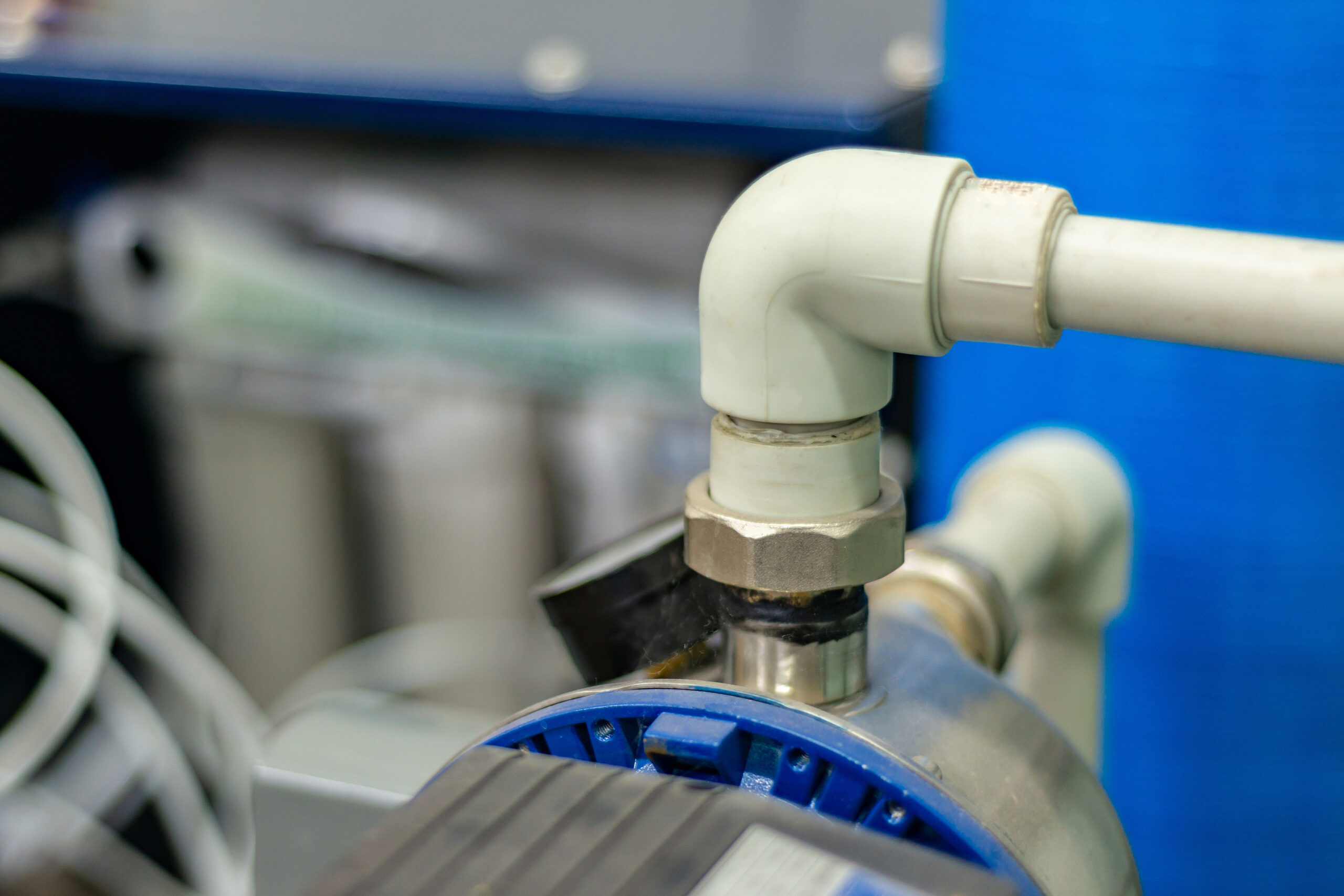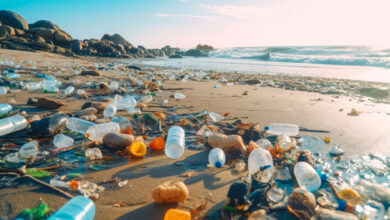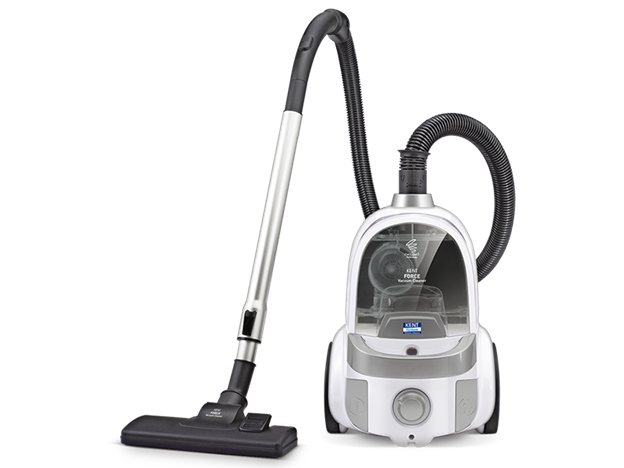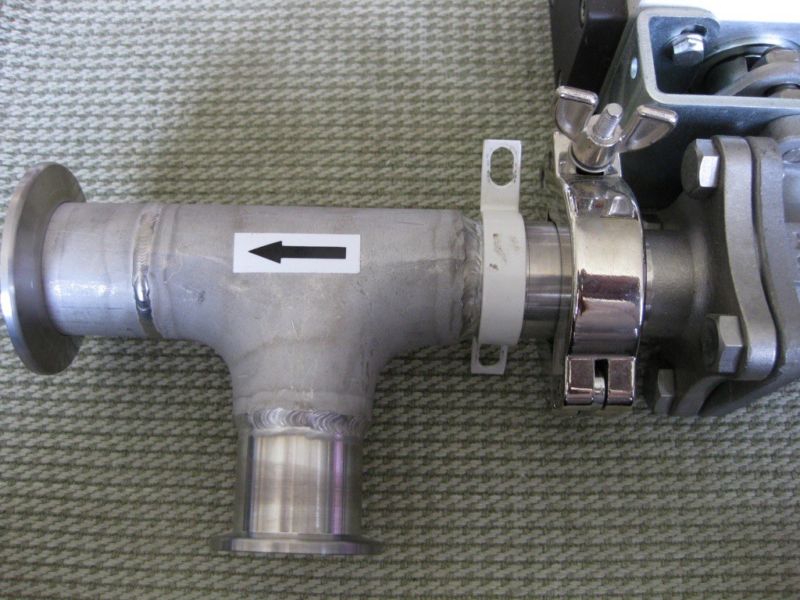What is Industrial Water Filtration?

Industrial water filtration is a process where the seemingly negative things in water are removed, or in most cases, made safe. Perhaps the most common varieties of industrial filtration are the removal of suspended solids and bacteria, but it can go much further. Filtration can remove viruses, multivalent ions, monovalent ions and additional processing can create pure water, though pure water is rarely required in these cases.
Water is a Massive Part of What We See and Use
Industrial water filtration is a massive industry because it applies to so much of what we need. It isn’t just about Coca Cola plants paying to desalinate sea water, many industrial processes take up epic amounts of water. Industrial filtration is needed for everything from pharmaceutical research to air travel. In fact, one of the biggest users of water is the car manufacturing industry, with the manufacture and application of paint being one of the biggest users. Your average Hi-Fi filter catalog shows what your car has to filter out, now consider trying to filter out paint, grease, fuels, metal shavings, solvents, bacteria, viruses, poisons and toxins.
Liquid Processes
Starting from the very beginning, water is moved and then left standing. It is moved to break up the solids. This sometimes involves mixing the water or allowing it to move as it funnels into the storage areas. The water is allowed to sit so that the various elements in the water may separate. Each layer is dealt with separately.
Water Filtration
Here is where it gets really interesting. As mentioned, in some cases of industrial filtration, we are simply removing the suspended solids and much of the bacteria that usually lives on the solids. This is called “Microfiltration.” However, you can go deeper if needed.
Ultrafiltration does everything that microfiltration does, but it runs the water over controlled falls and hits it with very powerful UV lights to kills bacteria, mold and viruses. This is obviously after the solids have been removed.
Nanofiltration adds another step that uses specialized materials to remove multivalent ions from the water. The final stage is reverse osmosis, and this is where the water is the only thing that is allowed to pass through the filter membranes, which removes monovalent ions.
Chemical and industrial process filtration
Each industry gets its own special process. Perhaps one of the most misunderstood is that of nuclear wastewater disposal. In those cases, the water is already germ, solid and virus free because it is so hot. However, its proximity to radioactive material means it needs treating before it is returned to the groundwater. Far more polluting is the waste water created while building Smartphone and electric car batteries.
The toxins in that water are very expensive to remove and are hyper deadly to all who go near it, who drink from contaminated rivers or eat contaminated food. That is why the plants making these batteries are hidden away in developing countries because they would never pass the water purity tests in developed countries. On the flip side, it is actually easier to clean up water from the oil industry than it is to clear it up from something like the cattle industry.
Conclusion – Filtration is Not as Intuitive as It Seems
Many types of wastewater are far more deadly than people realize. Water contaminated with fertilizers and pesticides often creates waste water that most cannot afford to remove safely, so it is flushed away to contaminate ground water for miles around. Oddly, the filtered water from the oil industry is still pretty nasty, but it travels very poorly and so is easier to filter, which actually makes it safer. Live half a mile away from an oil refinery and you are fine, but live three miles away from an industrial farm, and you should stop eating the fruits you grow in your own garden.





